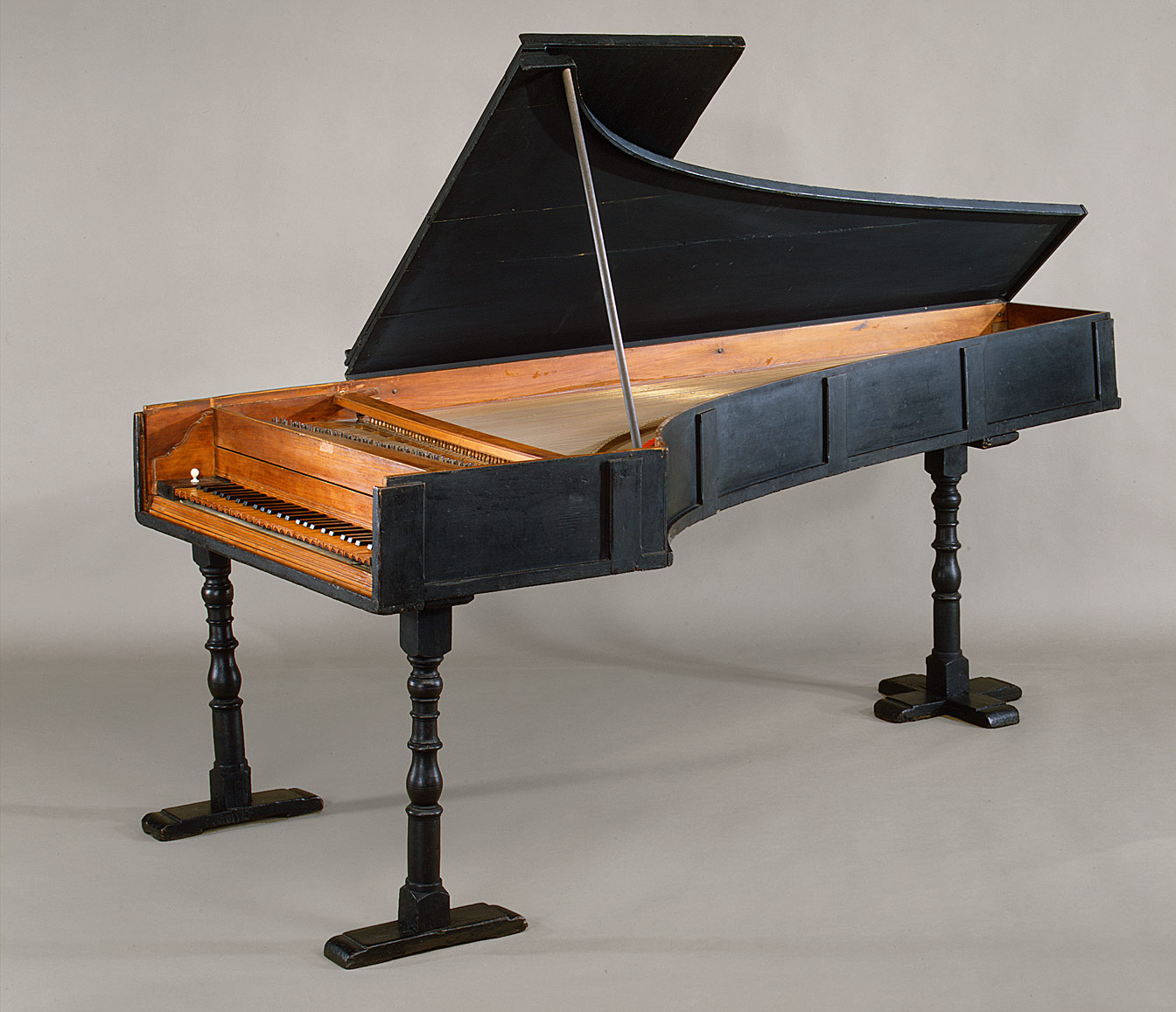The City Beautiful movement was an urban planning model that swept the US in 1890, a response to the overcrowding of tenements and the burgeoning skyscrapers of NYC and Chicago especially. Its proponents heralded a return to classicism and studied French and Italian Renaissance architecture at L'École des Beaux Arts in Paris. They hoped that a beautiful city would promote civic pride and civic virtues, and lend order to the chaos of unprecedented population growth. Marking the end of this movement was the construction of NYCs Municipal Building.
New York City incorporated all five boroughs in 1898. Overnight, the city grew five times over and was desperate for the office space to keep this megapolis running smoothly. After coming in second place in the international competition to build a new Grand Central Terminal, the firm of McKim, Meade and White won the commission this time around and proposed a 40-story tower. It is pictured here going up and completed in its early years.
When I cross Chambers Street, this new Colossus never fails to catch my breath and capture my imagination. Built rather like a Roman Column in three phases, base, shaft, and capital, this building incorporates French and Roman Imperial elements: An 'Arch of Constantine" flanked by a colonnade announces the entrance, a Guastavino-tiled vaulted ceiling, an echo of the Palazzo Farnese in Rome, leads to a subway station, the first building to incorporate a subway station in its design. A U-shaped facade soars up to the pinnacle.
At the top, a multi-drummed tempietto rises in stages of Corinthian columns leading the eye to a 25-foot gilded statue, Civic Fame, the third largest statue in Manhattan and the highest. Surrounding the tower are four other gothic-like turrets representing the four other boroughs being tied to Manhattan.
It is a magnificent building, copied the world over, and particularly badly in the former Soviet Union where Josef Stalin, having stolen the design on a trip to NYC, had no less than seven of them built, known as the Seven Ugly Sisters. But whenever I pass ours, or on the few occasions I've had to go in, I feel particularly proud to be a New Yorker. The City Beautiful movement weaves its spells on me and my civic virtue exactly one hundred years later.



















